Reports
Revealed: Emptying of the Iranian “Atomic Warehouse” at Turquz Abad
by David Albright, Olli Heinonen[1], Frank Pabian[2], and Andrea Stricker
November 29, 2018
• Satellite imagery and statements presented by Prime Minister Benjamin Netanyahu have been corroborated using commercially available imagery
• After the Iranian Nuclear Archives were revealed, Iran started to empty the separate Atomic Warehouse site
• The warehouse site does not appear to be a carpet cleaning factory as claimed by Iran
• The IAEA should ask to visit the site, inspect the removed containers and contents, and take samples from both containers and the site.
On September 27, 2018, Prime Minister Benjamin Netanyahu of Israel revealed at the United Nations (UN) General Assembly the existence of a secret warehouse in the Turquz Abad district in Tehran, which he said held a range of equipment and materiel (as much as “300 tons”) in 15 shipping containers related to Iran’s past or possibly on-going nuclear weapons efforts.3 He also stated that the facility had held 15 kilograms of radioactive material that Iran had since dispersed around Tehran. He criticized the International Atomic Energy Agency (IAEA) for not being willing to inspect the site after Israel had quietly provided the IAEA with evidence of the “Atomic Warehouse” and information about Iran’s efforts to empty it. This emptying appears to have followed public revelations that Israel had seized a portion of Iran’s separate “Atomic Archive,” or alternatively called the “Nuclear Archive,” containing nuclear weapons files and documentation.4 Even after Netanyahu’s UN speech, and Iran’s continued efforts to empty out the site, the IAEA has still not inspected it. It should be encouraged to explain why it failed to do so and has yet to conduct a belated visit and ask for explanations from Iran on the purpose of the site and recent activities that have taken place there.
Imagery of the Warehouse
Figures 1 and 2 show the location of the Atomic Warehouse site in Tehran in September 2018 imagery as well as its relation to the site of the Nuclear Archive seized by Israel earlier in 2018 (and publicly revealed on April 30, 2018).5 The images show that they are separated by about five kilometers and that both are easily accessible via the Tehran Second-Bypass Expressway. Figure 3 shows the atomic warehouse site on September 26, 2018 just prior to Prime Minister Netanyahu’s UN speech revealing the site. Figure 4 shows the site in December 2017 before Israel hoisted documents from the Nuclear Archive. At that time, several shipping containers of various sizes can be seen. There were five long shipping containers and ten short shipping containers present in open storage at the site, which matches the number of shipping containers described by the Israeli Prime Minister. Those containers are also seen in satellite imagery from May 2018 obtained by the Institute from the Israeli government. Based on Google Earth imagery, the site was unchanged from February 2017 until mid-2018, when changes began following public revelations about the Nuclear Archive.
Iran denied having such a warehouse and stated that the site was a carpet cleaning facility, releasing ground images of carpets on the ground at a similar looking site as the atomic warehouse.6 However, photographs and photographic analysis by Israel show that the carpet cleaning site is directly across the street from the actual atomic warehouse (see Figure 5). Carpets can even be seen lying on the ground within that compound in a December 2017 commercial satellite image viewable on Google Earth (see Figure 4). Figures 6 and 7 show images of the gate to the Atomic Warehouse. These images show that the entrance to the Atomic Warehouse does not match that of the carpet cleaning site across the street.
The image comparisons show that the Iranian government’s claim is false. Furthermore, while the Iranians did show the outside of the entrance gate and perimeter wall of the Atomic Warehouse site, they provided no photographs from inside the actual site. One possible reason was that the Iranians had not finished completely emptying or cleaning the warehouse site by the time Netanyahu spoke at the United Nations.
Israel learned that the warehouse site was nuclear-related sometime after its discovery of the Nuclear Archive in the Shoor-Abad District prior to April 2018. At some point, Israel learned that Iran was hiding equipment and nuclear material within the warehouse site. After Israel’s seizure of a portion of Iran’s nuclear archive earlier in the year, Iran apparently decided to disperse the contents of the warehouse site and hide evidence of its purpose. Israel watched the site as Iran started to modify it.
By May, Iran may have decided to burn some items. Annotated satellite images obtained by the Institute from Israel from May and June 2018 suggest the creation of a location at the site for burning objects, but the Institute was unable to corroborate this assertion.
Israel learned that Iran had disposed of radioactively contaminated material stored at this site in the metropolitan area of Tehran. If true, by releasing the radioactive material, albeit likely low-level radioactive material, into the public domain, rather than disposing of it in an official nuclear waste site, Iran likely disregarded its own national nuclear waste disposal practices. Iran has a regulated nuclear waste disposal site in the vicinity of Tehran, according to IAEA reports on Iran. This action also implies that the militarily-controlled nuclear program is strong enough to ignore civilian nuclear regulatory authorities, since Iran’s civil nuclear programs exercise due caution with radioactive materials.
Commercial satellite images purchased by the Institute, Figures 8-14, show the steady progression of containers disappearing from the site from July into September, when the last container had been removed. The Institute was able to independently corroborate that five long containers (40 feet long) and ten short containers (20 feet long) were removed from the open storage by late September via analysis of commercial satellite imagery and Google Earth imagery spanning the period from early May to late September. Figure 14 is the most recent image available from Google Earth (dated September 26, 2018) showing that all 15 shipping containers had been removed by that date, and only the single trailer and one possible crate remain in the open area. A 40-foot container has payload capacity of 27,600 kilograms and volume of 67.7 cubic meters. A standard 20-foot container can carry a 25,000-kilogram payload, but has a smaller volume, 33.2 cubic meters. If used to store removed equipment and other materials, they would likely not be tightly packed to facilitate retrieval of items from the containers.
After Israel realized the significance of the site and the apparent effort of Iran to empty and clean up the site, it briefed the IAEA. This information likely also contained satellite evidence about the movement of the containers. Israel produced a series of unclassified satellite images, obtained by the Institute and motivated it to write this report, showing the containers leaving the site over the summer. It is unfortunate that the IAEA did not act on this, since, if the information is correct, the IAEA may have lost a remarkable opportunity to have asked to go to the site while shipping containers remained there, and irretrievably lost its capability to find the equipment and confirm its true purpose. The IAEA’s lack of action or explanation of its inaction undermines its credibility and raises questions about its effectiveness in its Iran safeguards mission. This lack of action also undermines the implementation of the provisions of Section T of the Joint Comprehensive Plan of Action (JCPOA). The United States, with the support of the Congress if necessary, and IAEA member states, should request the IAEA to explain the rationale behind not acting on information about nuclear-related materials, which it likely saw in its own satellite imagery, were irretrievably disappearing. The United States has a responsibility, as a member state of the IAEA, to ensure that such inaction does not continue.
The imagery shows that the comments of two anonymous U.S. officials who were quoted widely at the time of Netanyahu’s announcement were dubious and likely reflect ignorance of the Israeli findings and the warehouse.7 Both officials (who were not speaking for the U.S. government which did call for the IAEA to investigate the findings) claimed that the warehouse was used to store “records and archives” from Iran’s nuclear program and was “full of file cabinets and paper, not aluminum tubes for centrifuges.”8 Israel was mainly raising the issue of equipment related to nuclear weaponization, and not paper or gas centrifuges. The sheer volume represented by all the shipping containers visible in the images of the warehouse site, and comparing those to the volume of documents in the Nuclear Archive discovered and photographed earlier by Israel, indicate that any documents stored at the warehouse would entail only a small fraction of the available volume of the shipping containers, not to mention that of the double warehouse also located onsite. While documents may be included in the containers and in the warehouse, it would defy logic to assert that all these shipping containers were packed with documents. Moreover, Israel stated categorically that it had intelligence information that the containers held nuclear-related equipment and materials. One has to ask if the two anonymous officials understood the question from Reuters or were poorly informed about the atomic warehouse. In any case, the statements by these anonymous officials should be discounted as moot.
It is urgent to learn where all nuclear-related equipment and material, and any associated documentation previously stored at the Atomic Warehouse, are presently located. There is no evidence that Iran systematically destroyed all these items. While Iran razed buildings, such as at the Physics Research Center, and emptied out others, such as the Parchin high explosive testing site, it preserved their unique and valuable equipment, documentation, and materials.9 It remains important for the IAEA to visit the warehouse that allegedly held these items, take environmental samples, and insist that Iran produce the shipping containers removed from the site and their contents for inspection. The IAEA should request, if not already done, that Iran explain their whereabouts and not further move or destroy any of these materials before the IAEA has been able to examine them.
This event directly contradicts those who hoped and proclaimed that the JCPOA would make it easier to mount inspections when concrete evidence would arise. Israel has certainly brought forth actionable, credible evidence to the IAEA. Yet, nothing has happened. This failure underlines critics’ concerns about the JCPOA and its implementation and enforcement. It also validates their concerns that the JCPOA has distorted the IAEA’s routine safeguards mission and investigations that it would normally carry out pursuant to Iran’s comprehensive safeguards agreement.
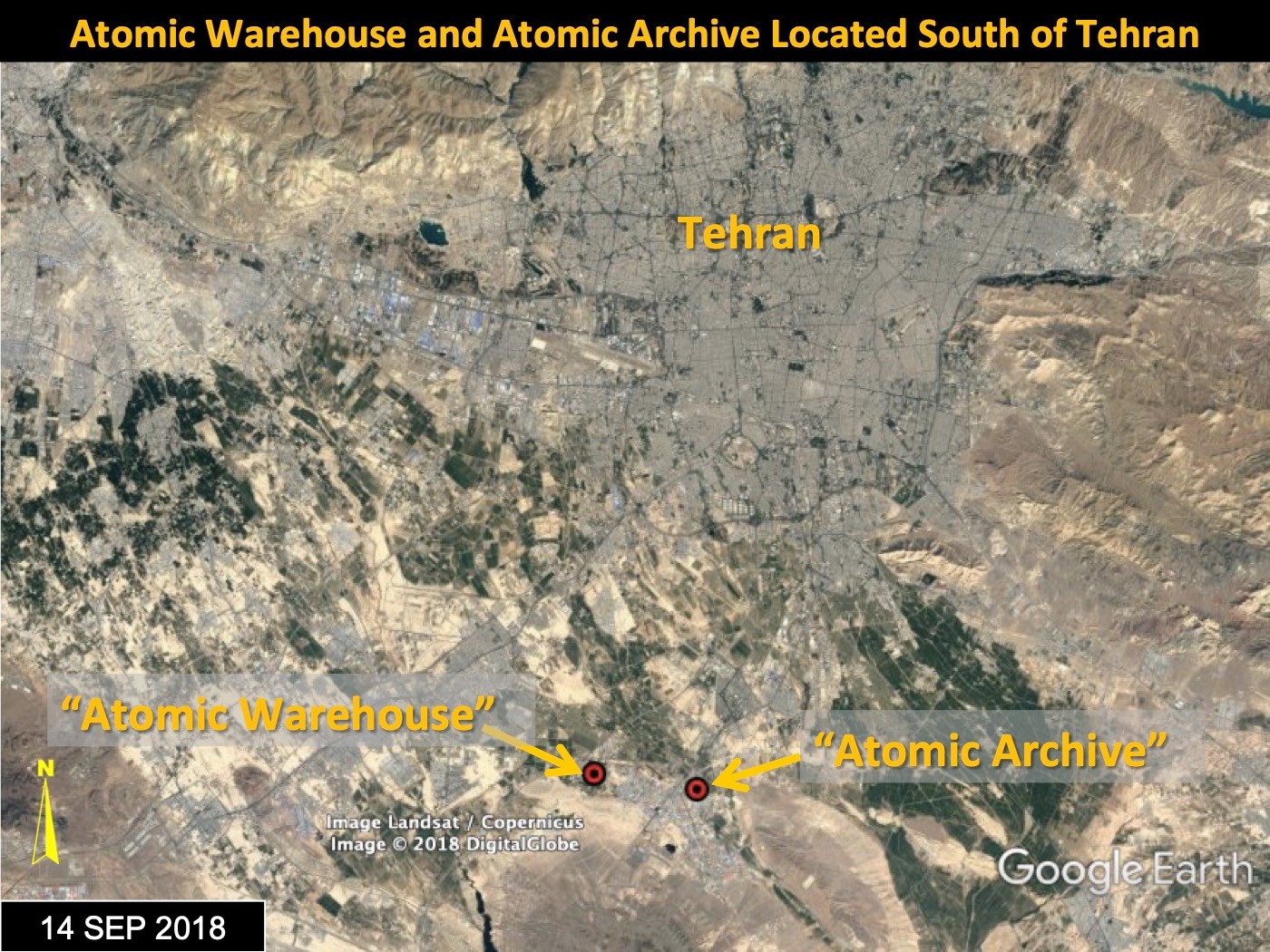
Figure 1. Location of the “Atomic Warehouse” relative to the “Atomic Archive” site and central Tehran to the north.
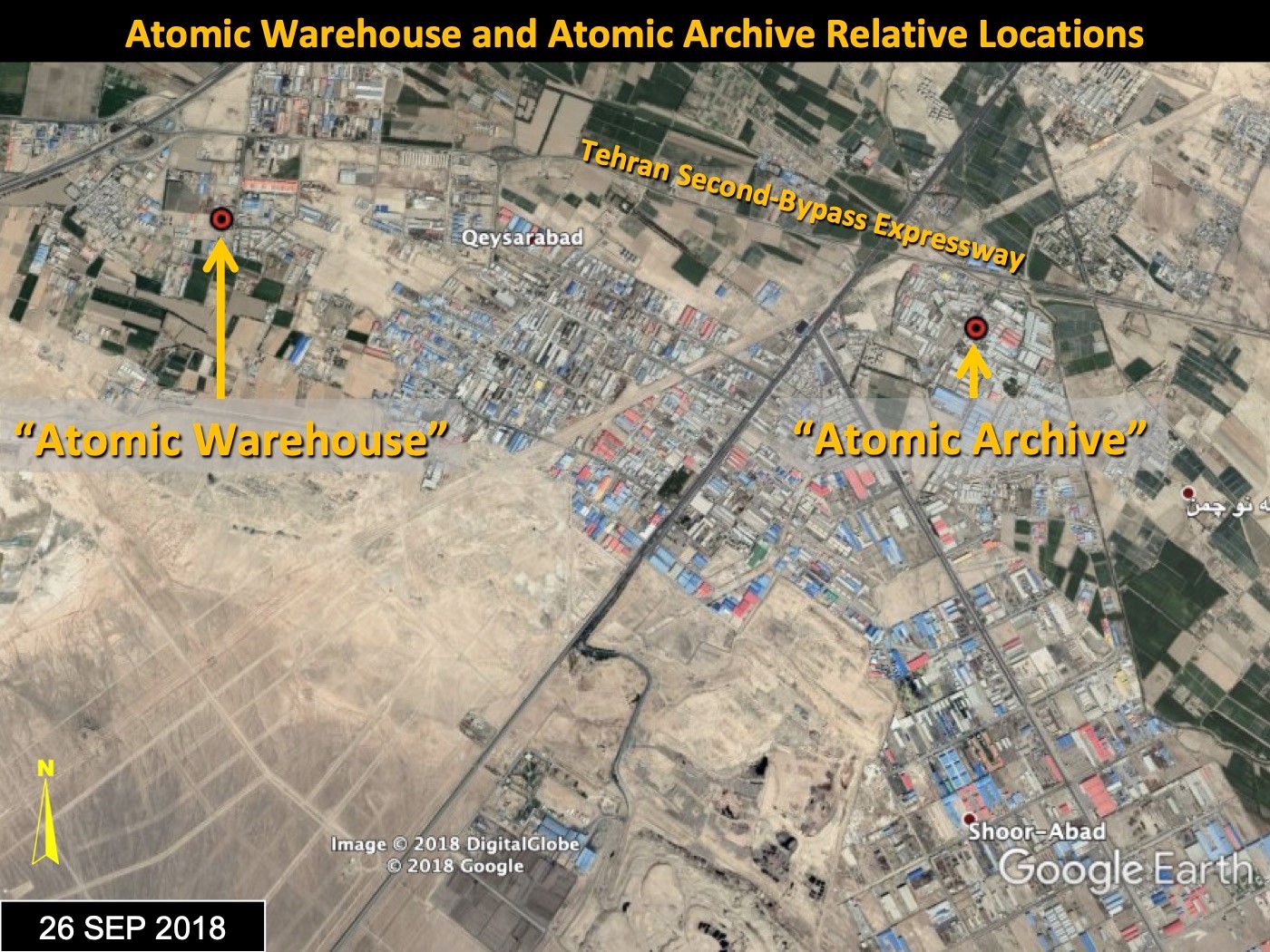
Figure 2. Close-up of the Atomic Warehouse in the Turquz-Abad District and the Atomic Archive that is located in the Shoor-Abad District. The two locations are roughly five kilometers apart and easily accessed via the Tehran Second-Bypass Expressway.
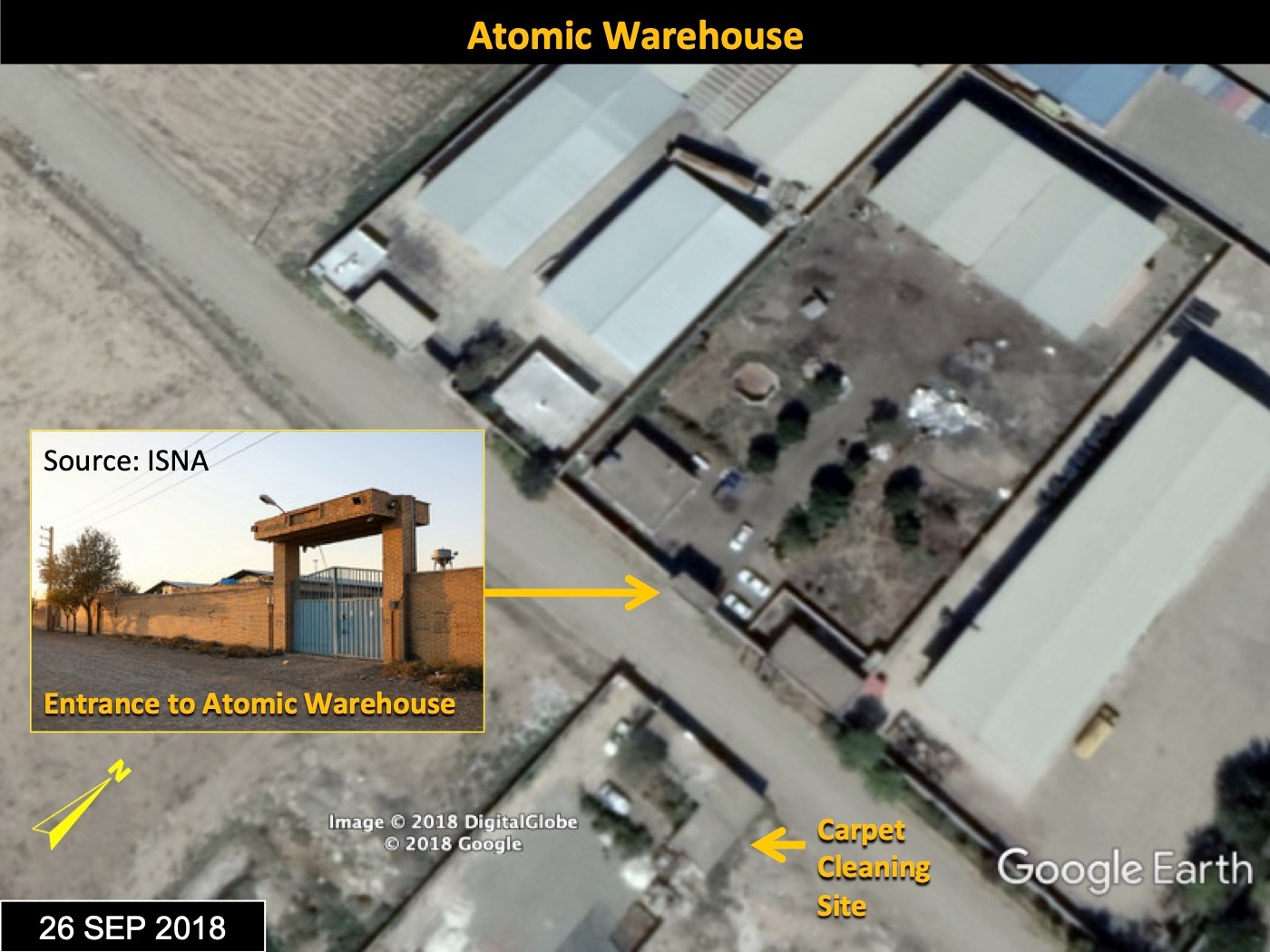
Figure 3. Image of the Turkuz Abad atomic warehouse in Tehran on September 26, 2018 with an inset from the Iranian News Agency showing a ground view of the entrance. Shipping containers, present earlier, are no longer visible, but three white sedans and one small, dark-toned truck are inside the walls near the entrance.
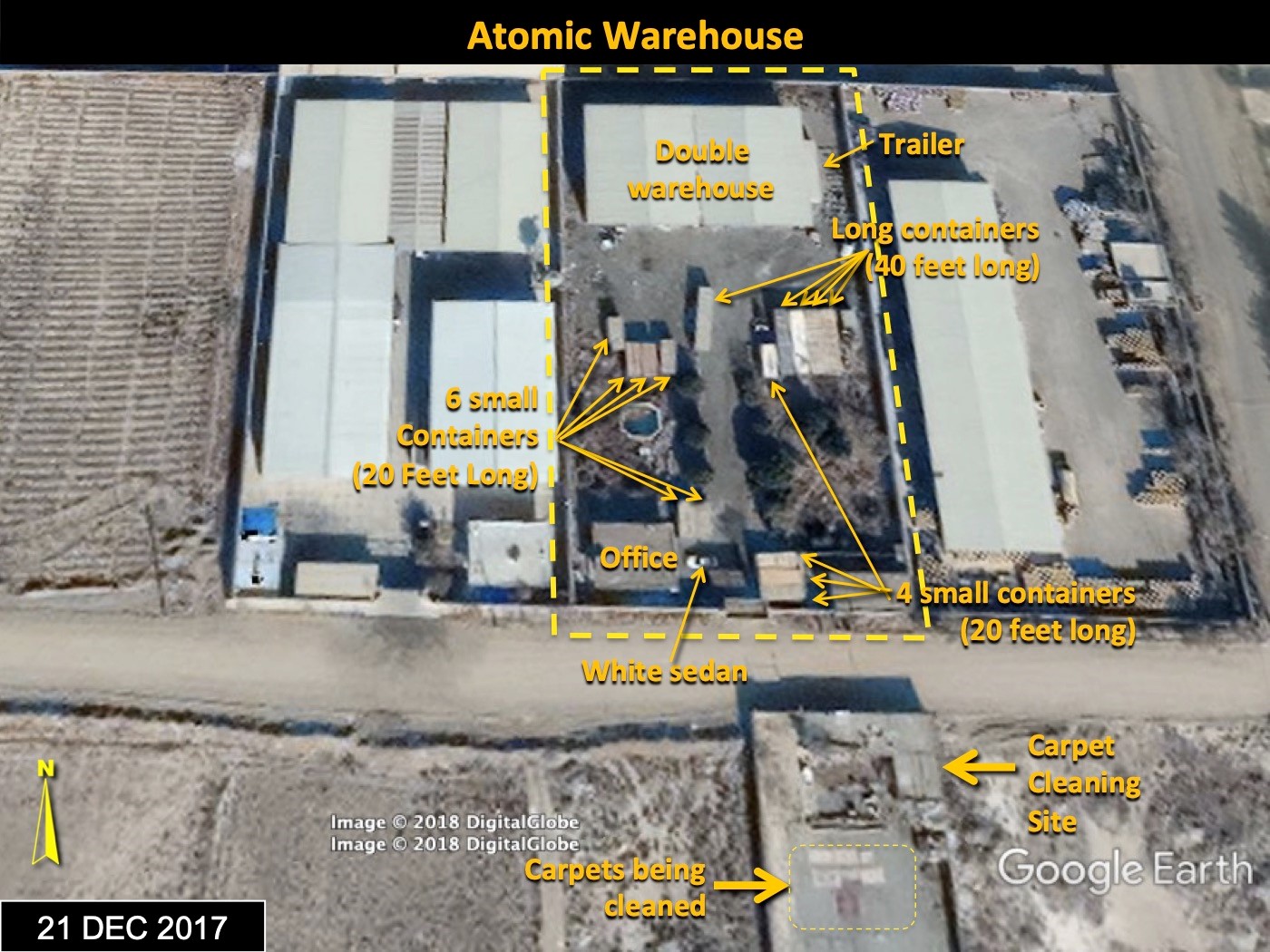
Figure 4. Image of the Turkuz Abad atomic warehouse in Tehran on December 18, 2017. Many shipping containers are visible in the yard and it is apparent that the facility across the street is for cleaning carpets. The trailer may serve some specific support purpose, such as for electricity or to store gas bottles. Source: Google Earth
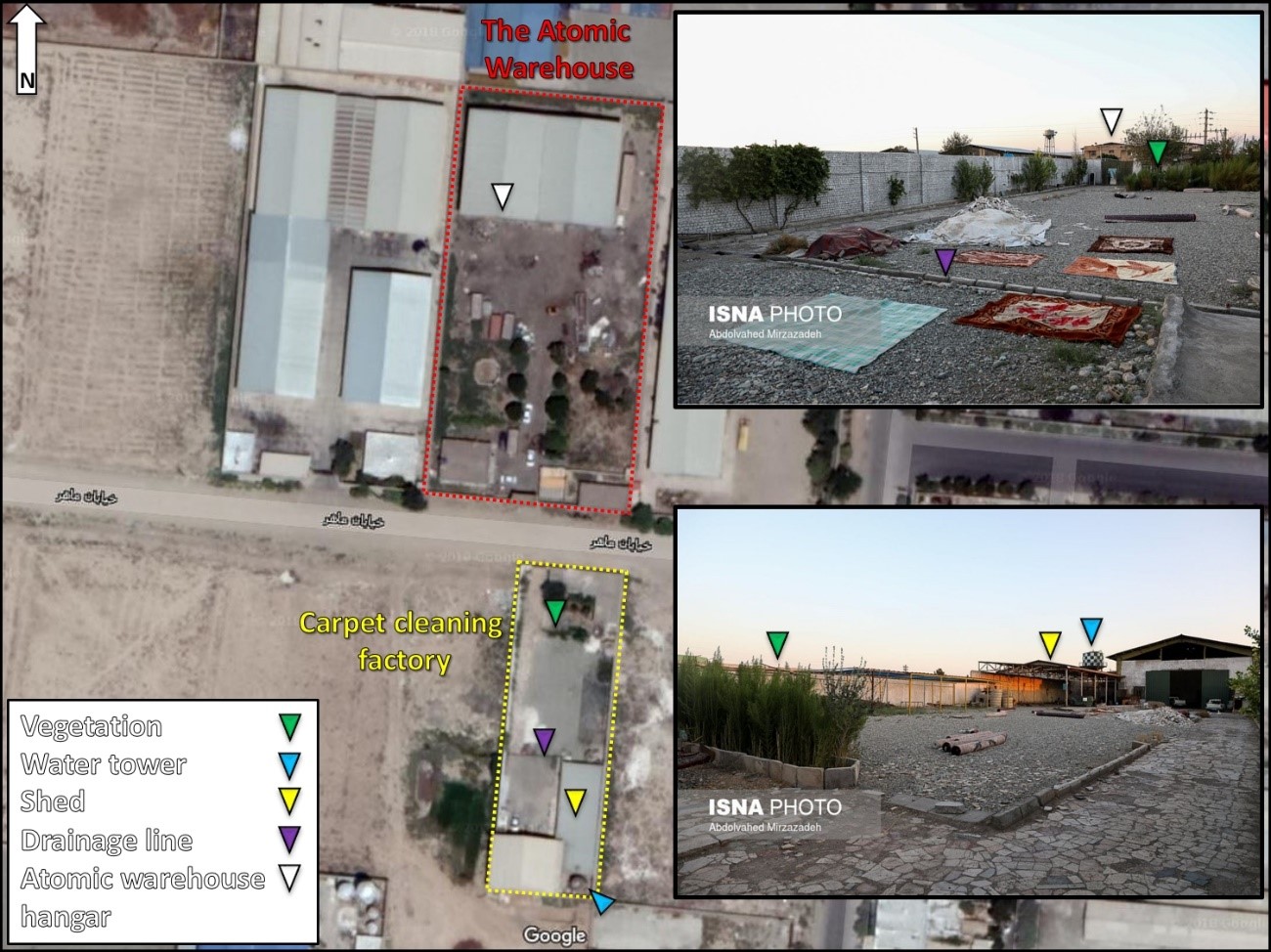
Figure 5. Comparison of atomic warehouse to a carpet cleaning site across the street, which Iran falsely claimed was the atomic warehouse. Key indicators in the images show that the ground images from INSA are from the site across the road from the atomic warehouse. Source of satellite image: Israel and Google Earth. Ground images: ISNA
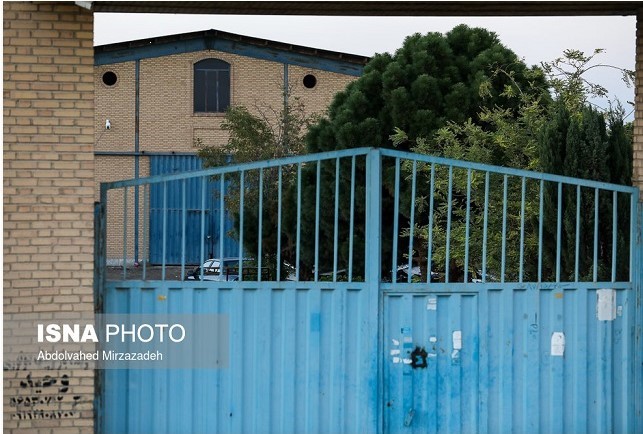
Figure 6. September 28, 2018 close-up image of the gate to the Atomic Warehouse, showing the warehouse in the background and the yard in front of it. This gate is not the same gate to the carpet cleaning site across the street. Source: ISNA
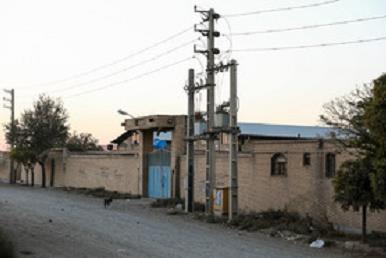
Figure 7. Another image of the front gate of the Atomic Warehouse, showing electrical poles and equipment not visible in front of the carpet cleaning site. Source: ISNA
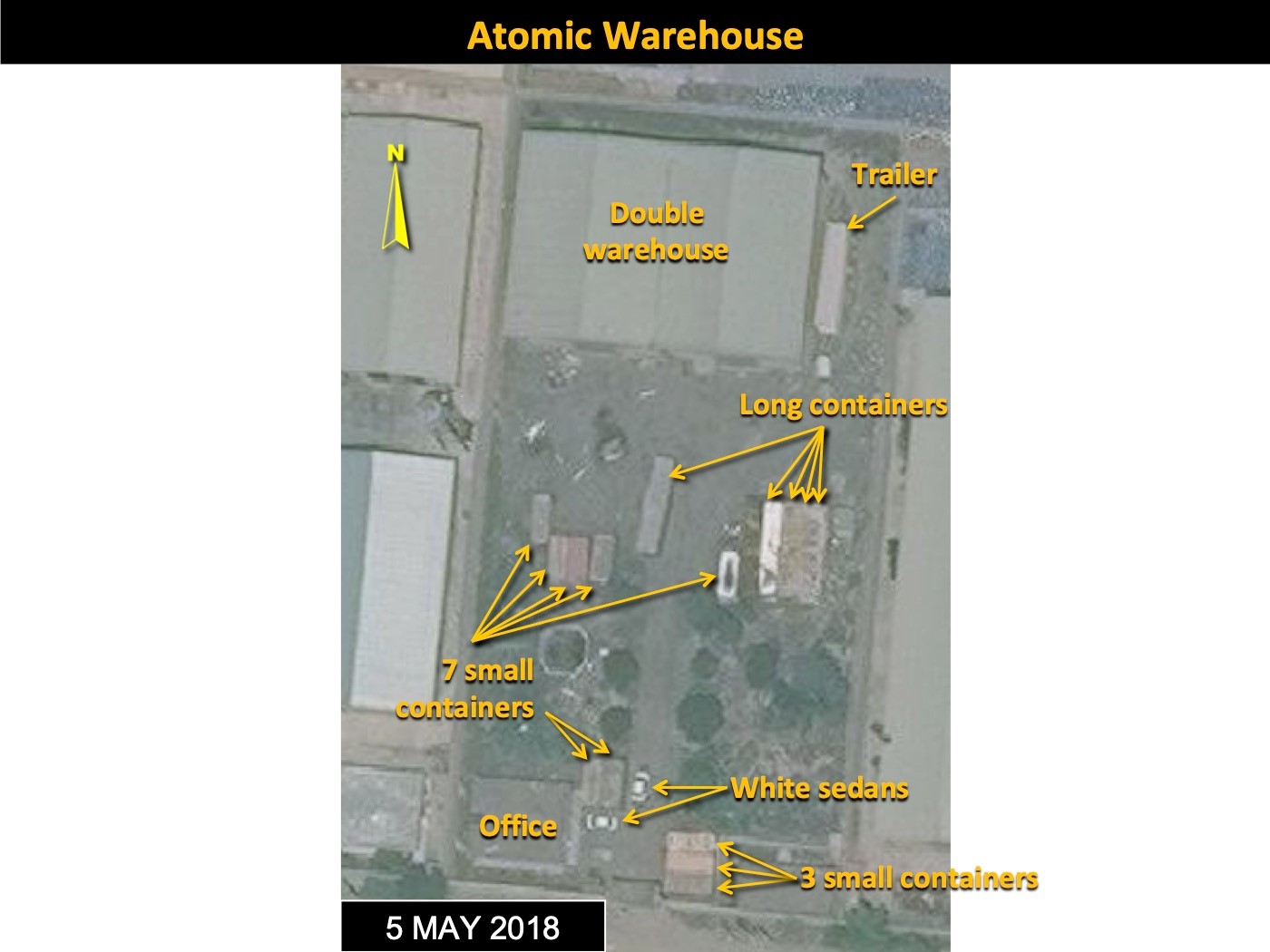
Figure 8. May 5, 2018 image obtained by Institute separately showing the presence of containers at the alleged atomic warehouse site. (c) Image Digital Globe 2018
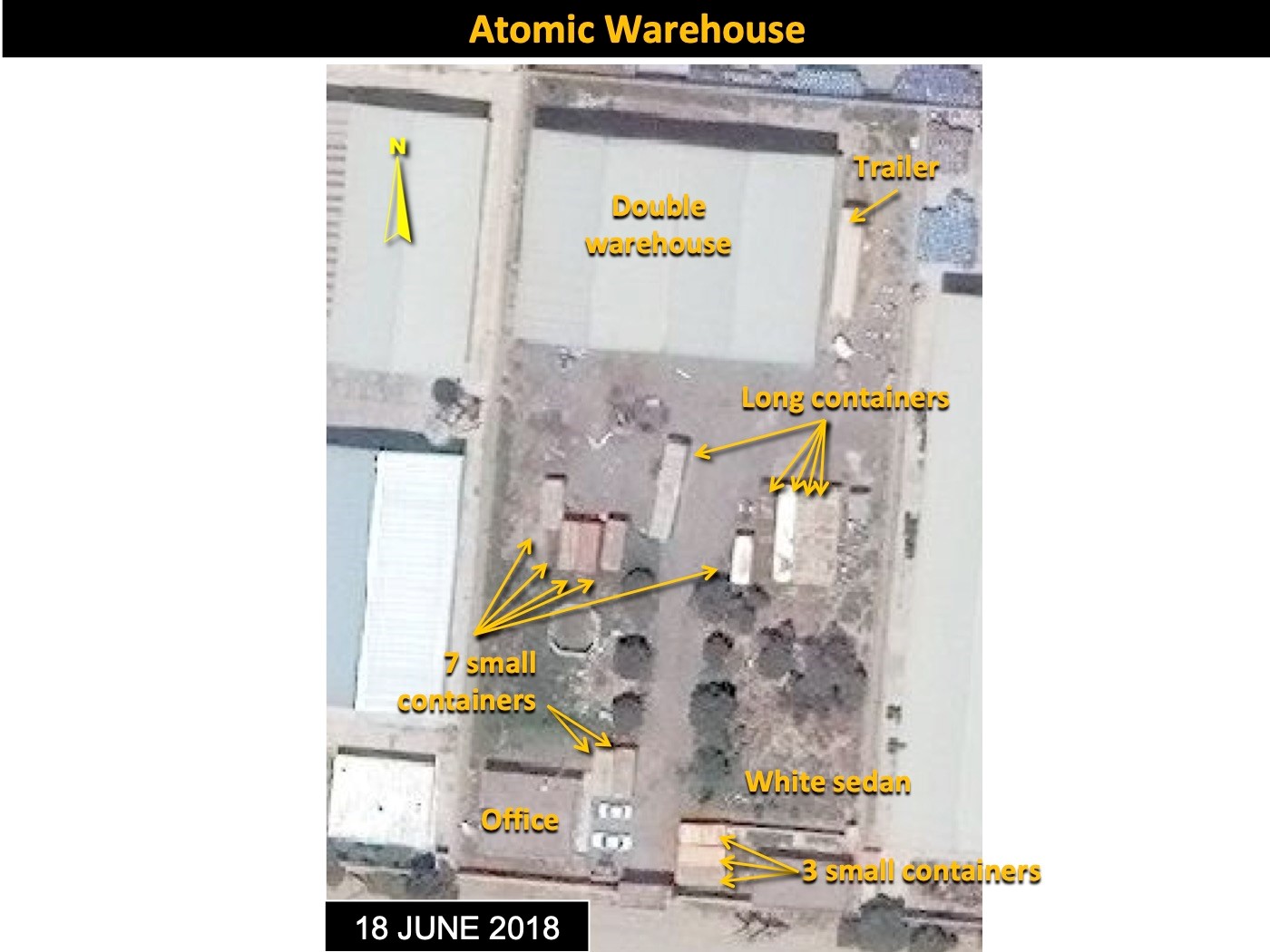
Figure 9. June 18, 2018 image obtained by the Institute showing presence of all containers in the May image. (c) Image Digital Globe 2018
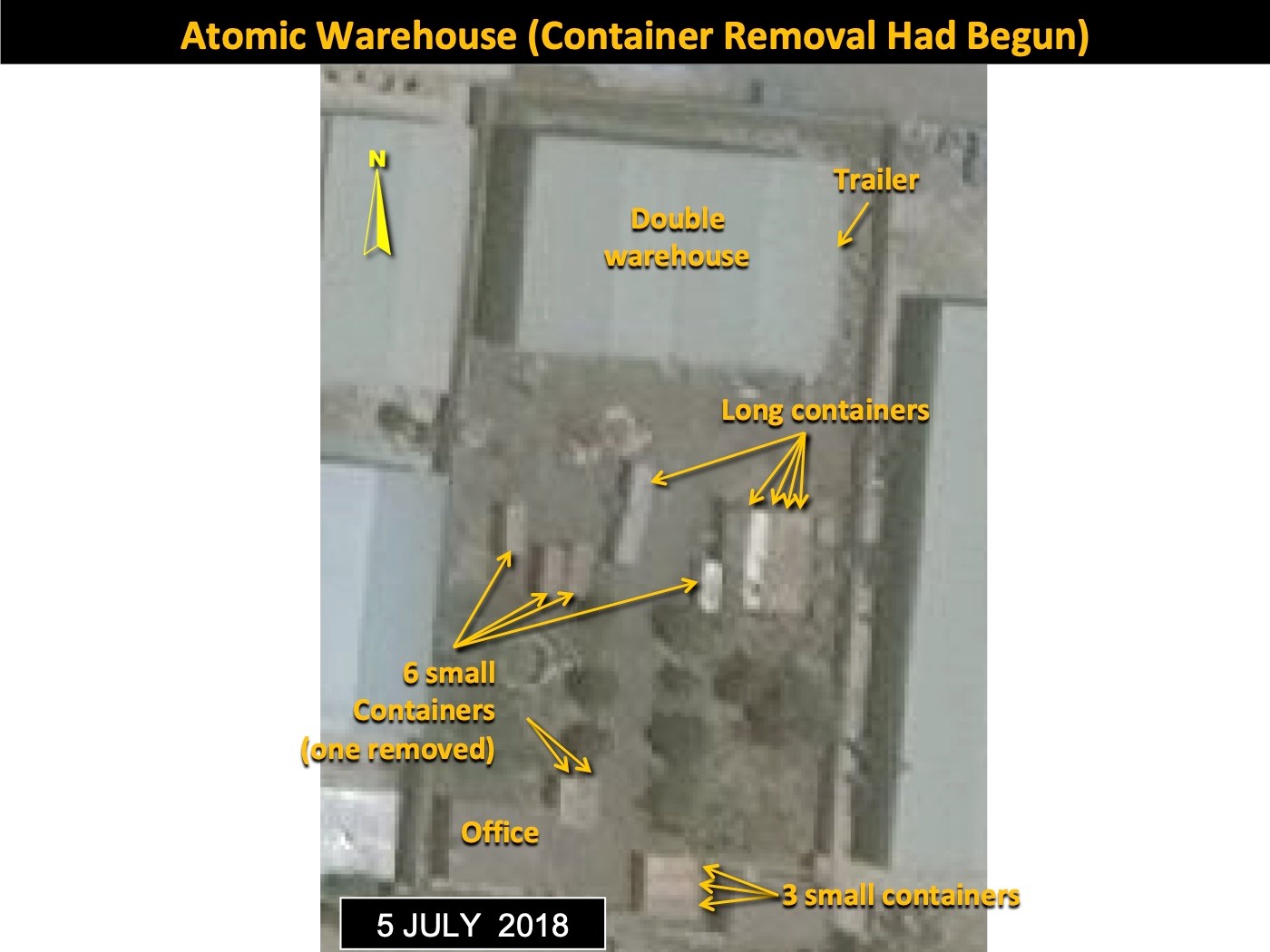
Figure 10. July 5, 2018 image obtained by the Institute showing movement of one container from the site. (c) Image Digital Globe 2018
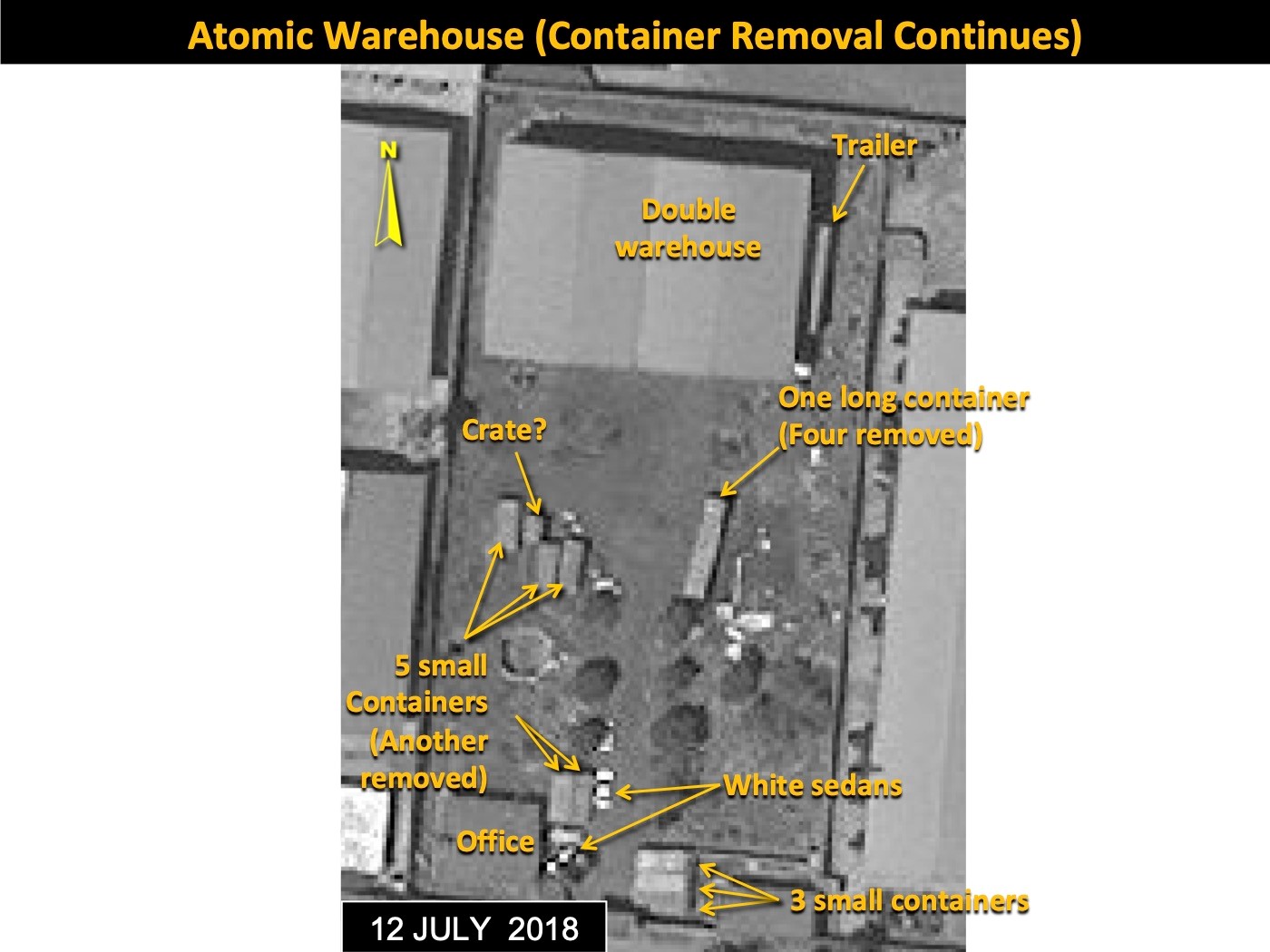
Figure 11. July 12, 2018 image obtained by the Institute showing four long containers removed, one small container removed. (c) Image Digital Globe 2018

Figure 12. August 19, 2018 image obtained by the Institute showing one long container being dismantled at the site. Source: Digital Globe via Google Earth
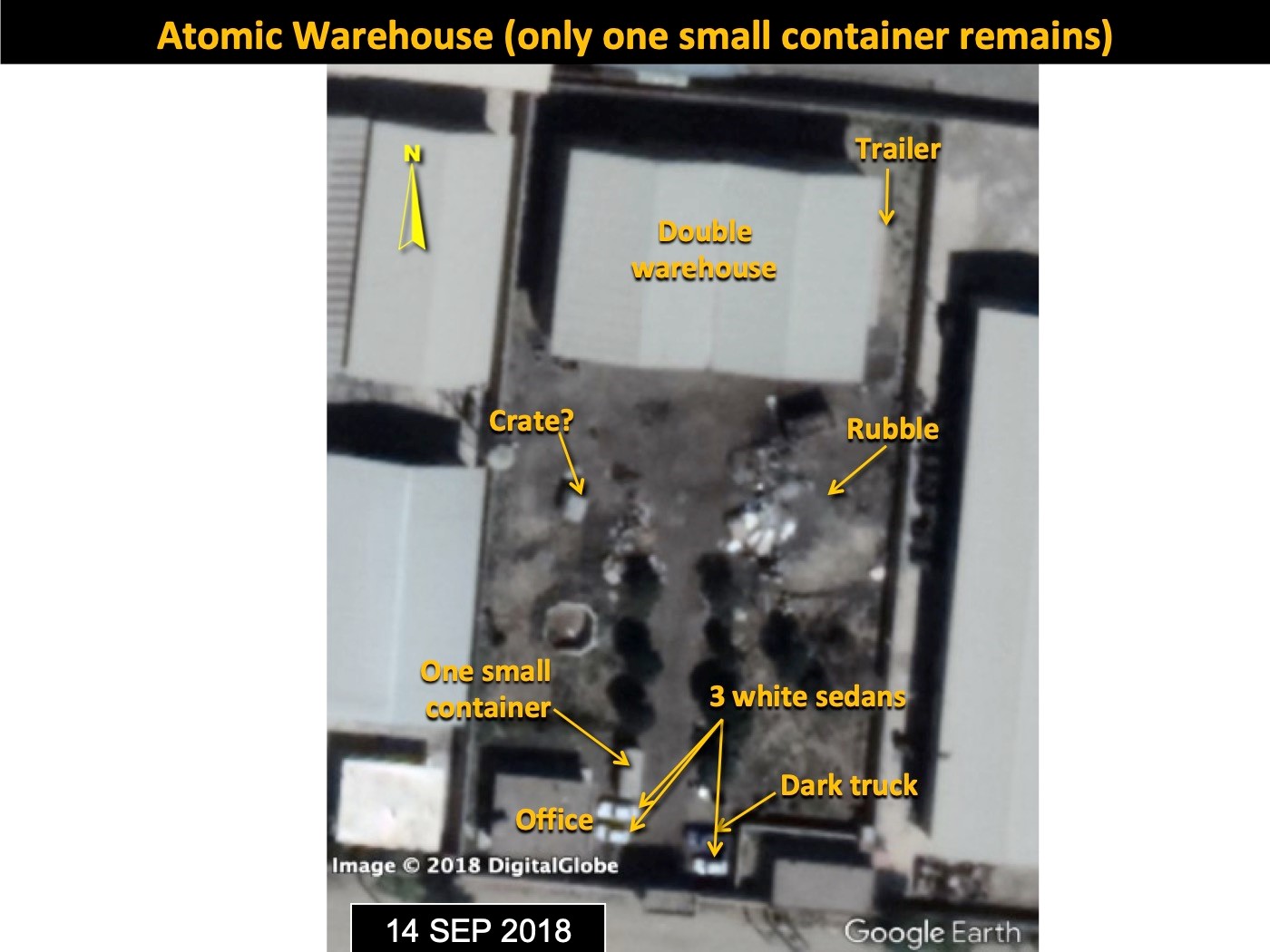
Figure 13. September 14, 2018 image obtained by the Institute showing only one small container remaining and rubble in place of where the long containers used to be. Source: Digital Globe via Google Earth
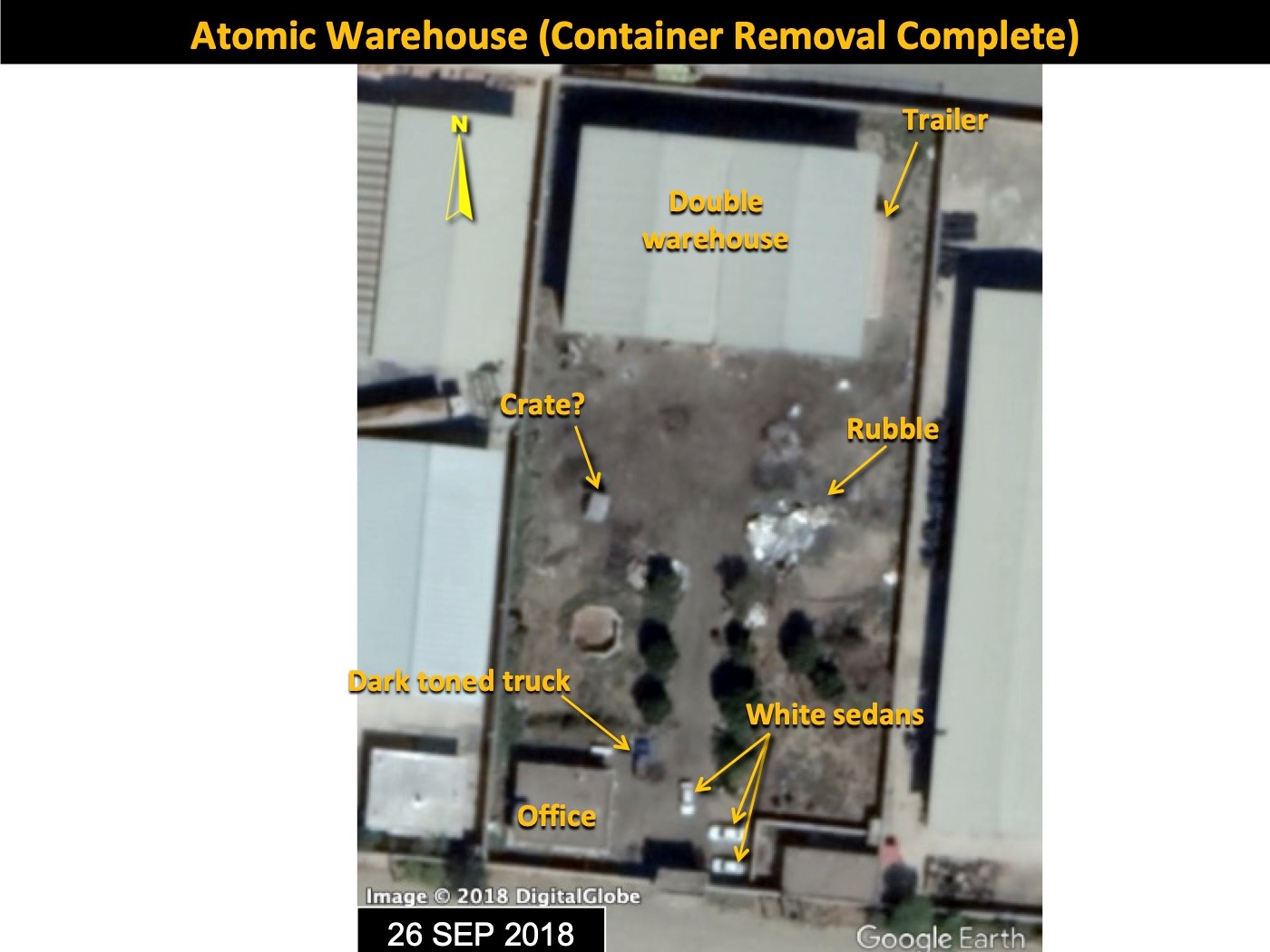
Figure 14. Most recent imagery available from Google Earth (dated September 26, 2018) showing all 15 shipping containers had been removed, and only the single trailer and one possible crate remain in the open area, along with a pile of rubble. Source: Digital Globe via Google Earth
1. Olli Heinonen is Former Deputy Director General of the IAEA and head of its Department of Safeguards. He is a Senior Advisor on Science and Nonproliferation at the Foundation for Defense of Democracies.↩
2. Frank Pabian is a retired Los Alamos National Laboratory (LANL) Fellow from both the Global Security and Science-Technology-Engineering Directorates, most recently in the Geophysics Group, Earth and Environmental Sciences Division, with 45 years of experience in satellite remote sensing for nuclear nonproliferation. He also served in the 1990s as a United Nations Nuclear Chief Inspector in Iraq for the IAEA.↩
3. See John Irish and Arshad Mohammed, “Netanyahu, in U.N. speech, claims secret Iranian nuclear site,” Reuters. September 27, 2018, https://www.reuters.com/article/us-un-assembly-israel-iran/netanyahu-in-un-speech-claims-secret-iranian-nuclear-site-idUSKCN1M72FZ. A video of Netanyahu’s presentation at the UN General Assembly is available at: https://www.youtube.com/watch?v=s1X39WjzTVQ↩
4. In Institute reports, we refer to this facility mainly as the nuclear archive instead of the atomic archive, although the names can be used interchangeably.↩
5. Prime Minister Netanyahu, Presentation, April 30, 2018, https://www.youtube.com/watch?v=pkihrV4cZLE↩
6. ISNA, “Turquzabad District; there is no secret atomic warehouse,” September 29, 2018, https://en.isna.ir/photo/97070703850/Turquzabad-District-there-is-no-secret-atomic-warehouse↩
7. Reuters, “Netanyahu, in U.N. speech, claims secret Iranian nuclear site, September 27, 2018.↩
8. Ibid.↩
9. Based on examining Google Earth images, many containers showed up in 2014 and were then removed that same year. The significance of this is hard to assess. However, in 2014 the IAEA was asking regularly for access to the Parchin site. In addition, serious negotiations with the P5+1 intensified and activities associated with the Parchin site may have been under negotiation, at least indirectly. In response, Iran may have moved equipment and material from Parchin to the Atomic Warehouse.↩

 twitter
twitter